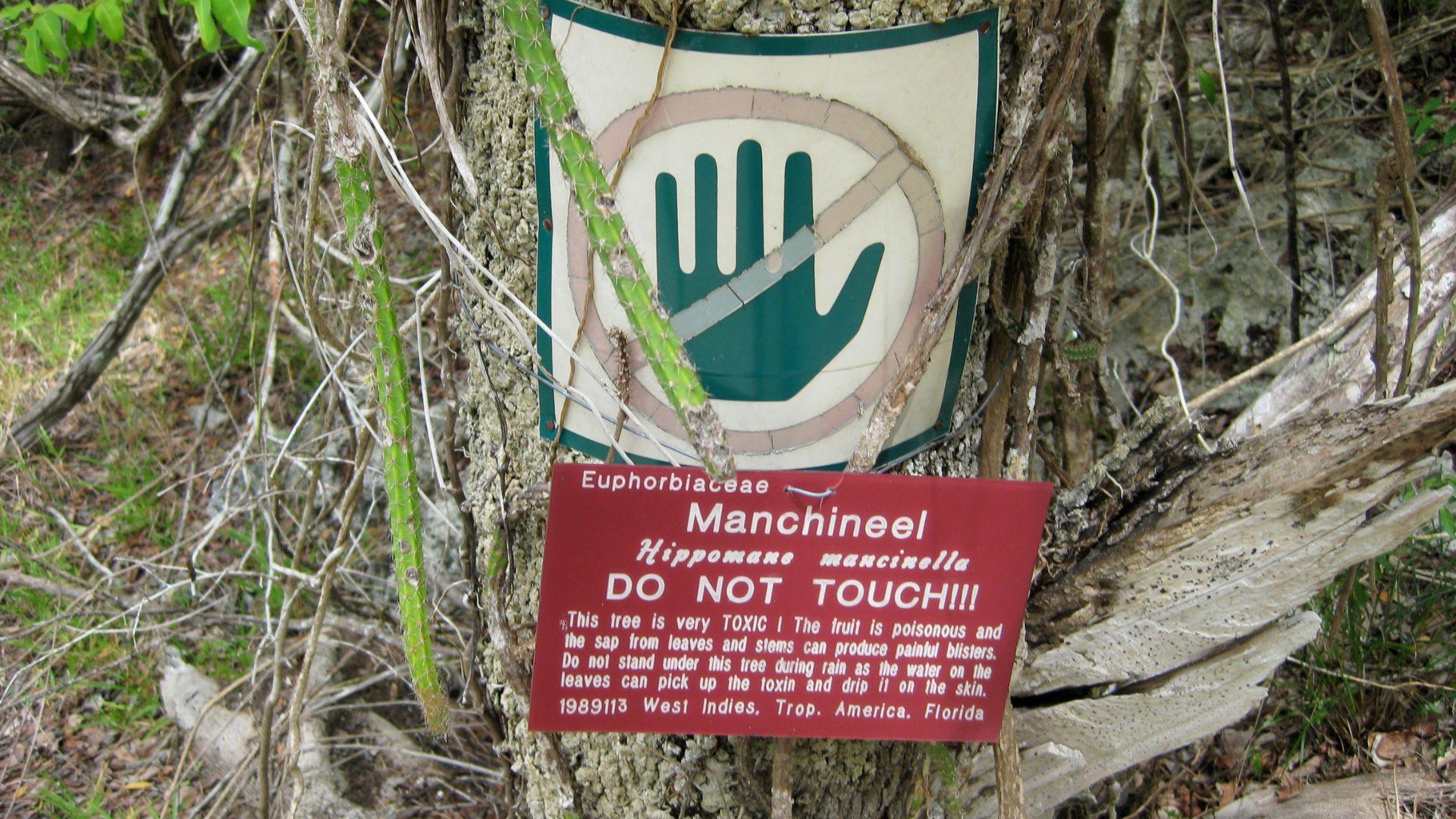Trees are beautiful elements of nature that provide us with so many benefits. From cleaner air to lovely landscapes, most trees are gorgeous and don’t pose any threat to humans.
However, the manchineel tree is one of the most dangerous trees to exist today. Many different aspects of its being can inflict pain onto living creatures, making it very important to be aware of what it looks like and what it can do to you.
Frightening Fruit

Consuming the fruit of a manchineel tree is extremely harmful. If you ingest the fruit, you will begin to feel a burning sensation in your throat.
Once the fruit content goes through your gastrointestinal tract, it causes major abdominal pain and discomfort. Your eternal organs could also possibly be negatively affected. In severe cases, your body goes into toxic shock and seizures may occur. Sometimes vomiting and internal bleeding can happen as a result.
Scary Smoke and Sap

The sap that comes off of the tree can cause pain to your skin from even just touching it. When it rains and the water comes into contact with sap, it causes runoff onto the shores. Even this sap runoff should not be touched as to avoid the pain from the contact with the toxins.
Burning the wood and causing smoke should not be near humans. The toxins from the tree get mixed into the smoke and inhaling the toxic clouds can lead to difficulty breathing and a burning sensation in the eyes and lungs.
Where Can It Be Found?
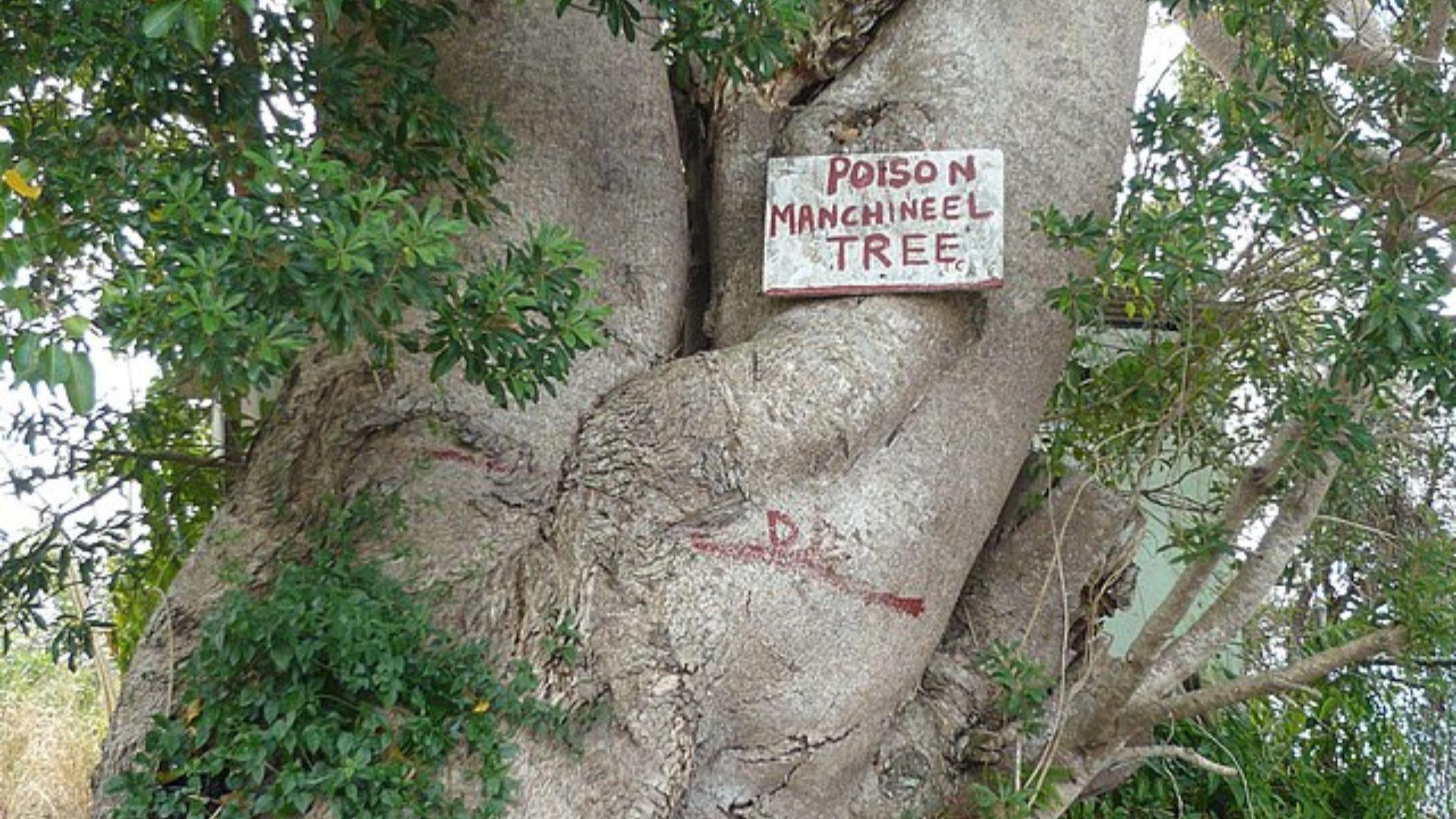
The Manchineel tree grows along coasts and shorelines. Some of its most prominent locations are the Caribbean islands, Central America, South America, and even Florida.
It has an innate ability to survive in the salty conditions of shorelines, utilizing the large amount of water it has access to when being so close to bodies of water.
Don’t Eat That Apple!

Upon first glance, the fruit from the manchineel tree looks delicious. It has received the nickname “beach apple” for its characteristics that resemble a harmless apple.
But stay away from these apples! They are toxic to people.
What Does it Look Like?
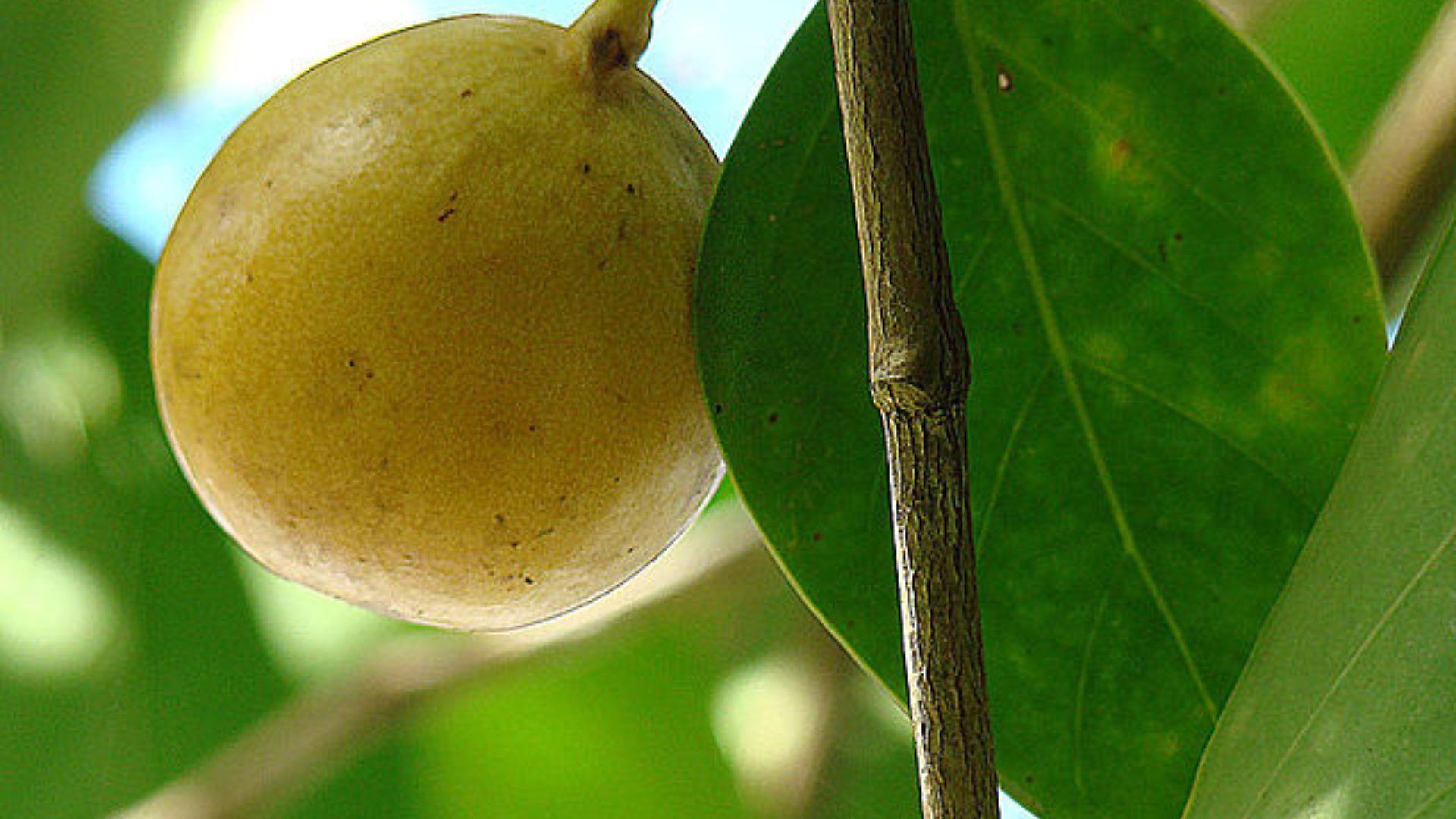
The tallest manchineel has grown up to 50 feet tall. However, most of the trees are between 10 and 20 feet tall. The bark is a gray color and the leaves of the tree are bright green.
Before the fruit appears, small yellow flowers litter the tree. The fruit itself is green like an apple, giving it the Spanish name “little apple of death.”
Why is it Toxic?
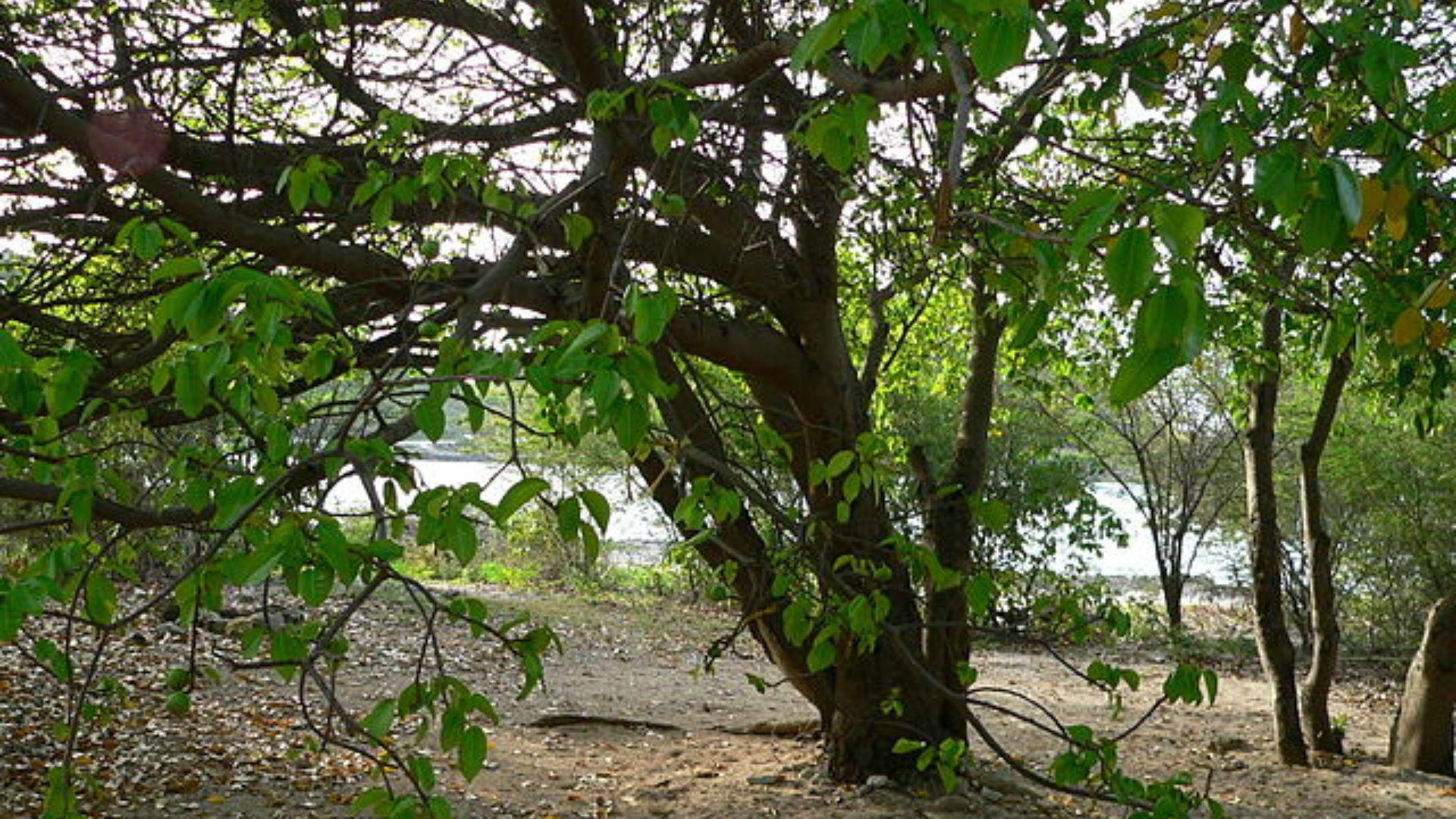
The reason the Manchineel tree is toxic is because of its ability to stay untouched by predators. Its leaves and fruit could easily be eaten by animals living on the coast if the aspects of the trees were fine to touch.
In order to prevent animals from eating its leaves, it carries poisonous properties that damage the bodies of those that consume it.
Confused Conquistador
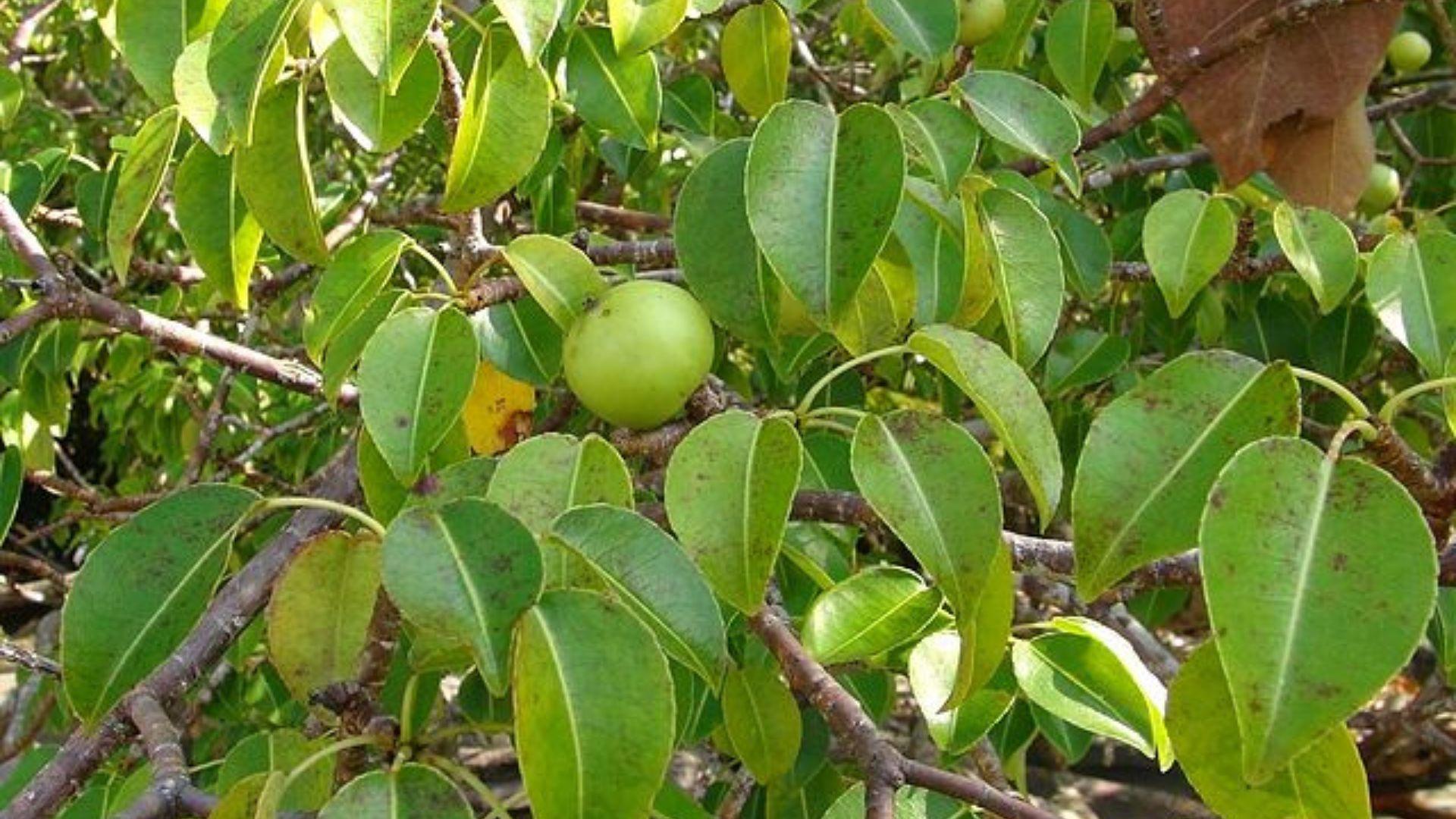
In 1513, conquistador Juan Ponce de Leon came from Europe into the Americas to conquer the land. When he arrived in Florida he attempted to conquer the people, but the people living there met him with resistance.
The native people of the land took sap from manchineel trees and used it to create arrows. In the midst of the fight, Juan Ponce de Leon was struck by an arrow in the leg and he died from the effects of the poison.
Neutralizing the Poison
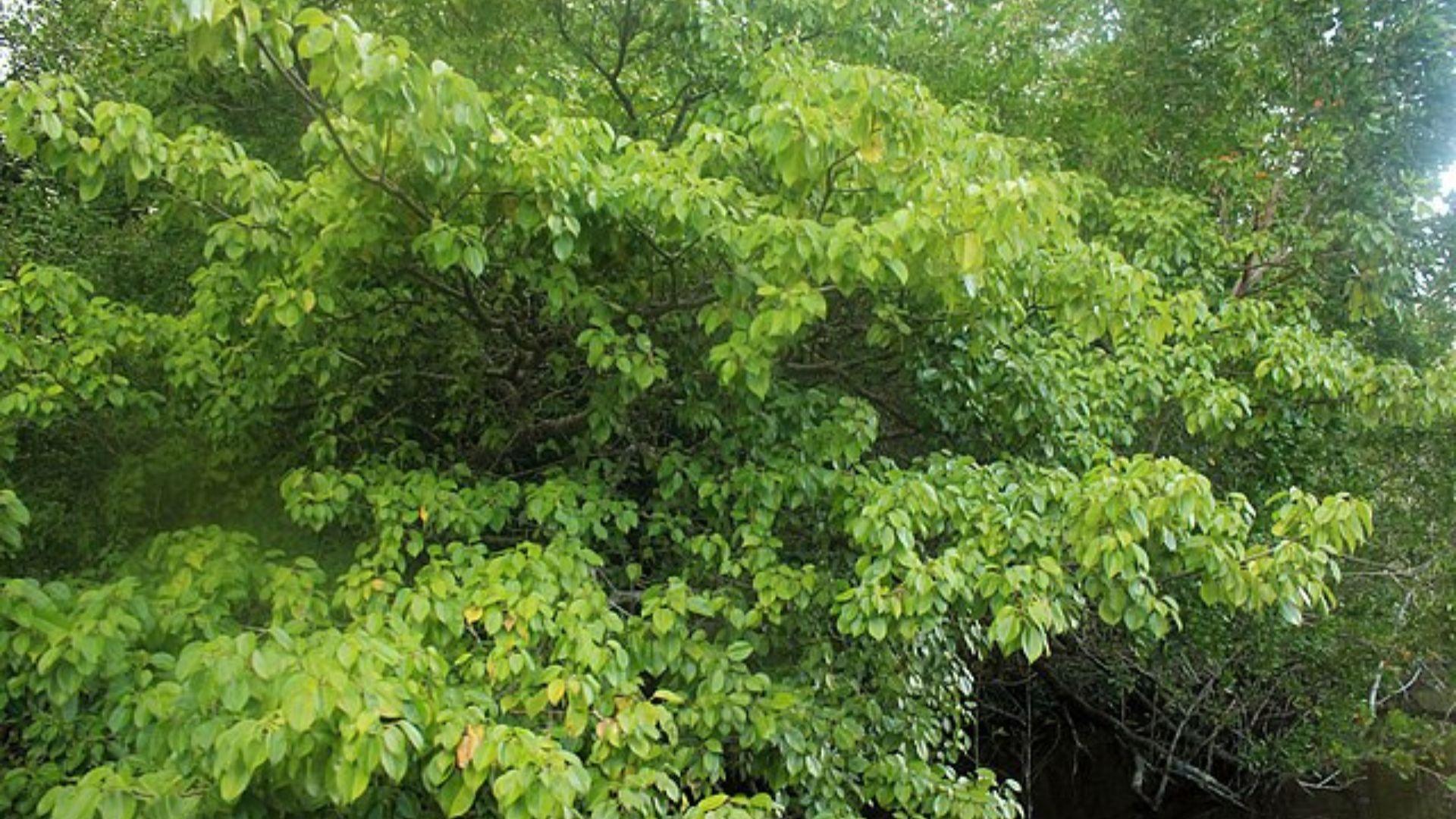
There are still ways to utilize the manchineel tree materials in a way that isn’t harmful to humans. If the wood is carefully cut, carved, and dried in the sun, the poisonous effects can be deteriorated.
When you come into contact with the toxins, it’s best to wash off whichever place that came into contact with the tree. Make sure to drink water, remove yourself from the harmful location, and try not to touch the irritated site to avoid spreading it across the body.
Beach Benefit
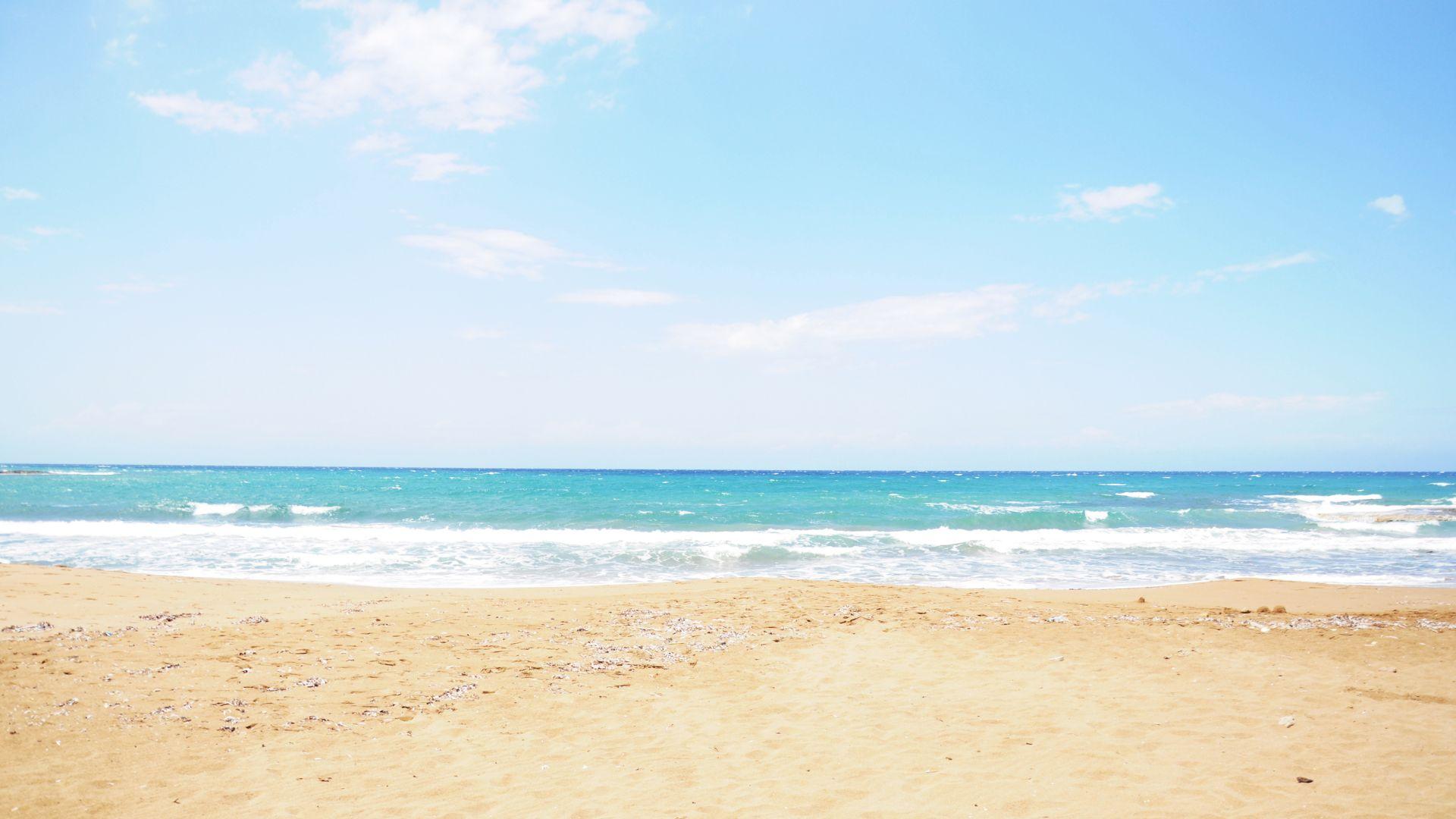
While the tree is very bad for human health, it has positive effects for the ecosystems it grows in. The beach winds can sometimes cause erosion of debris into the water. But with the manchineel trees growing around the shore, it can block the winds.
Erosion is then decreased as a result of the trees preventing the winds from negatively affecting the ecosystem.
A Friend of the Manchineel
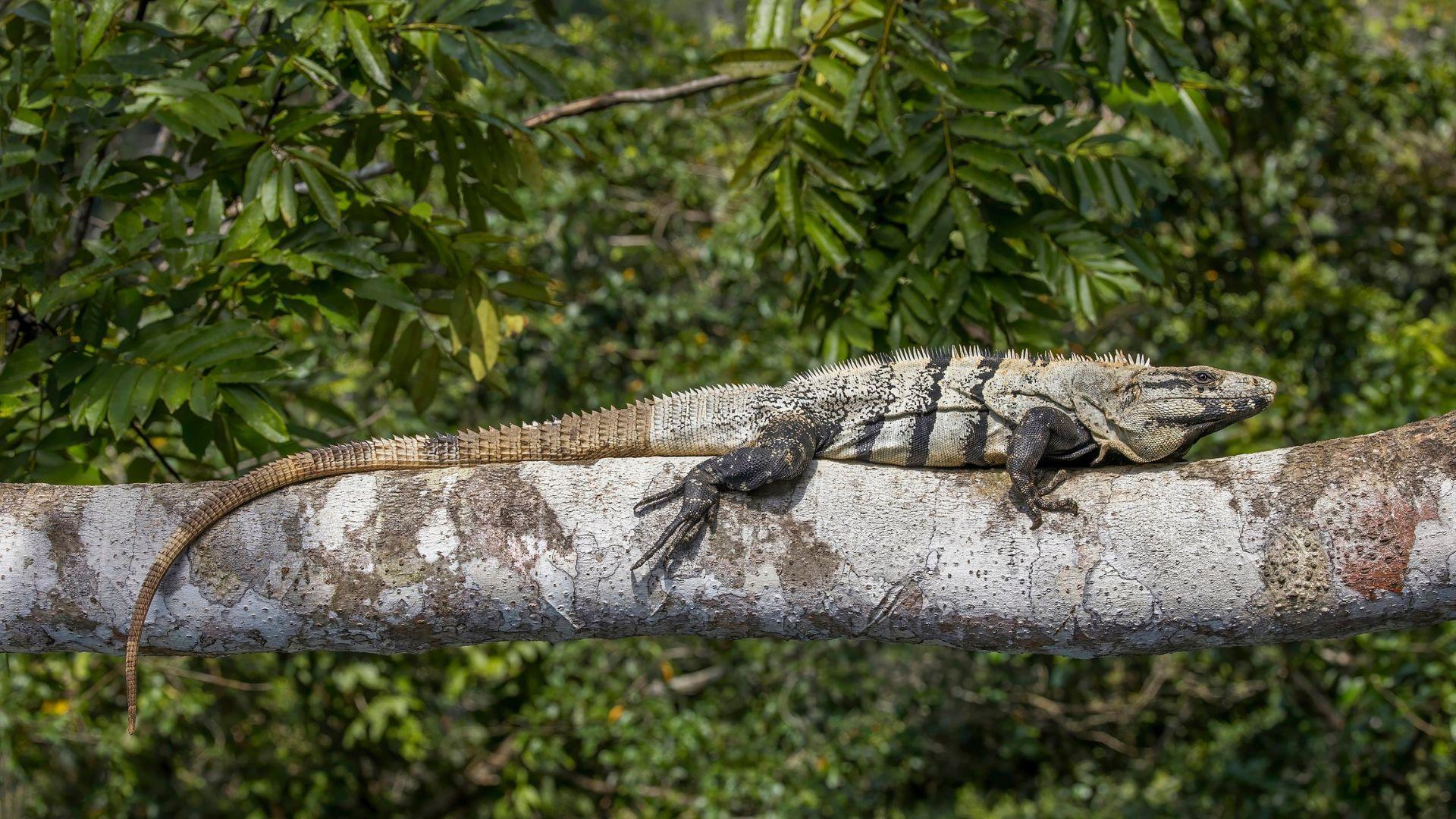
While the negative effects that harm humans also harm animals living in coastal regions, there is one species that isn’t affected by the poisonous elements and can live near the tree happily without fear.
The striped iguana isn’t harmed by the manchineel tree and therefore uses its features as a habitat as well as eats its leaves for sustenance.

